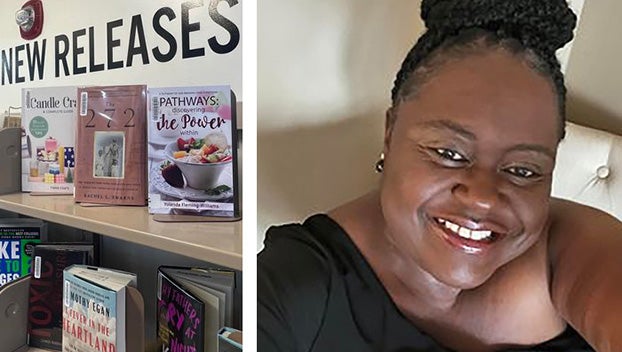Seed Germination: Get a jump-start on Spring
Published 1:16 am Saturday, January 15, 2022
|
Getting your Trinity Audio player ready...
|
Has winter finally arrived? Well maybe, at least for a couple of cold days and frigid nights, making this the perfect time to review the litany of seed and gardening catalogues which have been piling up over the past several weeks. Seed catalogues are filled with detailed, useful information for gardeners, and reviewing them provides an opportunity to learn new plant seed varieties available and to determine if they are a good match for our gardens. Perhaps you are searching for open-pollinated varieties of heirloom seed or maybe hybridized seed which are more robust? One of my all-time favorite seed catalogues is Totally Tomatoes. This catalogue has pepper and other vegetable seed varieties as well, but its focus is tomato growers. They literally have hundreds of tomato varieties from heirloom to some amazing new hybrids, many of which will do well in our growing environment. Once seed selections are determined, place your order quickly. Seed quantities are limited, and seed vendors sell out fast, but time is needed to start the germination process in preparation of spring planting. The sooner the better — having seeds on hand now will provide you with time necessary to grow seedlings and make them ready for transplanting.
The Farmer’s Almanac states the last frost date for our area is March 10. Weather patterns are changing, becoming less predictable, so from the end of February to the end of March is the window of last frost opportunity. If you want to get an early start for spring planting, some gardeners start seeds indoors, a cold frame or a greenhouse. Starting plants from seeds is also economical since plants are more expensive to purchase.
If you are new to gardening or have never germinated seeds before, you will find this information useful for starting seeds inside. When outdoor temperatures begin warming and stabilizing, you can plant your seedlings in your garden.
Some types of small pots are needed for seedlings to germinate. Upcycling old garden pots is always a good idea and a cost savings. Before using old garden pots, make certain to thoroughly clean the pots using a mild bleach solution: one part bleach to nine parts water or using a cleaning product that kills germs and bacteria. Of course, this is after removing any remaining used soil from old garden pots. If small garden pots aren’t available, substitute egg cartons (paper cartons are best), small cups, or toilet and paper towel roll tubes. Seedling trays or peat pots can also be purchased from a local garden center.
Use a soil mix specifically made to start seeds as the soil mix must be very light, with the ability to hold moisture yet allowing air to permeate the soil. To make your own seed starting mix at home, sift together equal parts peat and vermiculite. Once sifted together, slowly add water to the soil and mix. Continue adding water to the soil mix until squeezing a handful of soil together forms a ball. You should not be able to squeeze out water of the ball of soil.
Now the sterilized containers can be filled with either the purchased seed soil mix or the home-made soil mix. Fill each container then lightly tap the container to ensure each container is filled adequately without pockets of air. The pots are ready for seeds to be planted.
Many seed packages provide instructions stating to cover the seeds with at least ¼ inch of soil. Often by following these instructions, seeds will not germinate properly or if they do, only a few seeds will have sprouted. It is very possible and likely your seeds should not have been covered with soil. Most seeds need light to germinate so covering them with soil stops germination. There are also numerous seeds requiring dark for germination.
The proper amount of light or dark affects germination for various seeds. Additionally, most need a minimum temperature of 60-70 ℉ to germinate. This means to germinate seed indoors search for a warm spot, such as the top of your refrigerator or freezer, as they will provide bottom heat for the seeds’ containers. You might also consider purchasing heating mat designed for seedlings to provide the necessary bottom heat for seed germination. Many heating mats cost about $20, but mats with added features such as thermostats provide more precise temperature control but typically at an added cost. Always be certain to keep the soil moist during germination by watering containers from the bottom.
Check lobservateur.com for Orange County Master Gardeners’ list of a few common vegetable and flower seeds with respective light and temperature requirements. If you are searching for a particular vegetable or flower not included below or require a more extensive list, visit the Orange County Texas Master Gardeners’ website- https://txmg.org/orange/seed-chart-veggies/
John Green is a certified master gardener. Orange County Master Gardeners can be reached at https://txmg.org/orange, through the Orange County Texas Master Gardeners Association Facebook page, by calling the helpline at 409-882-7010 or by email at extension@co.orange.tx.us.
—





